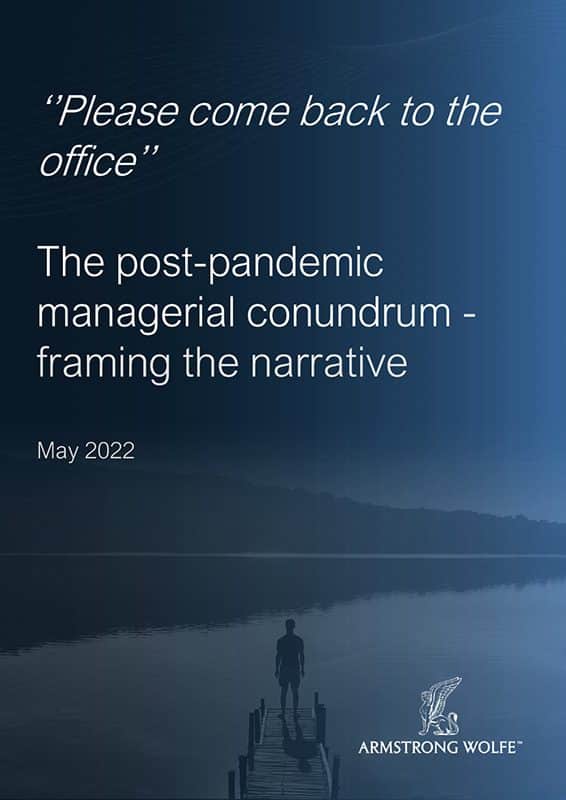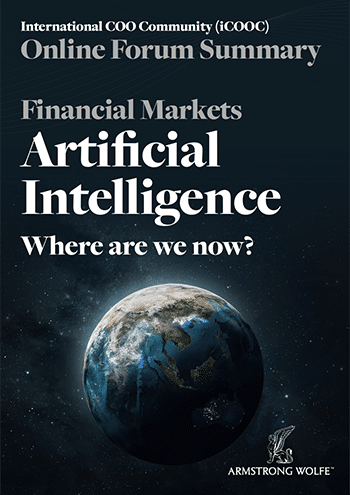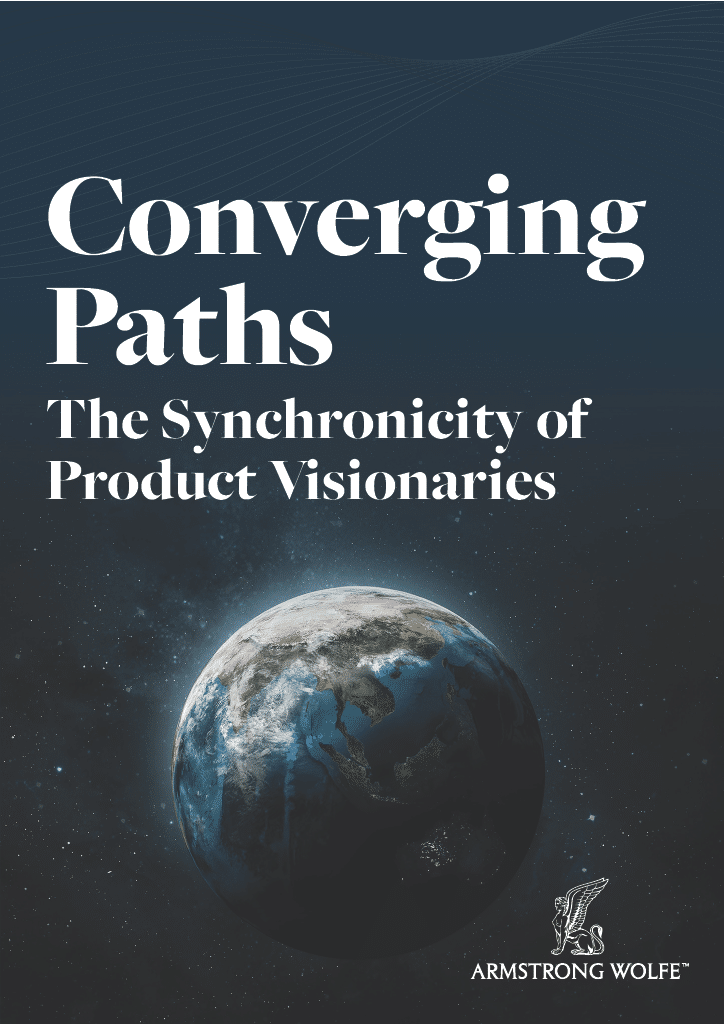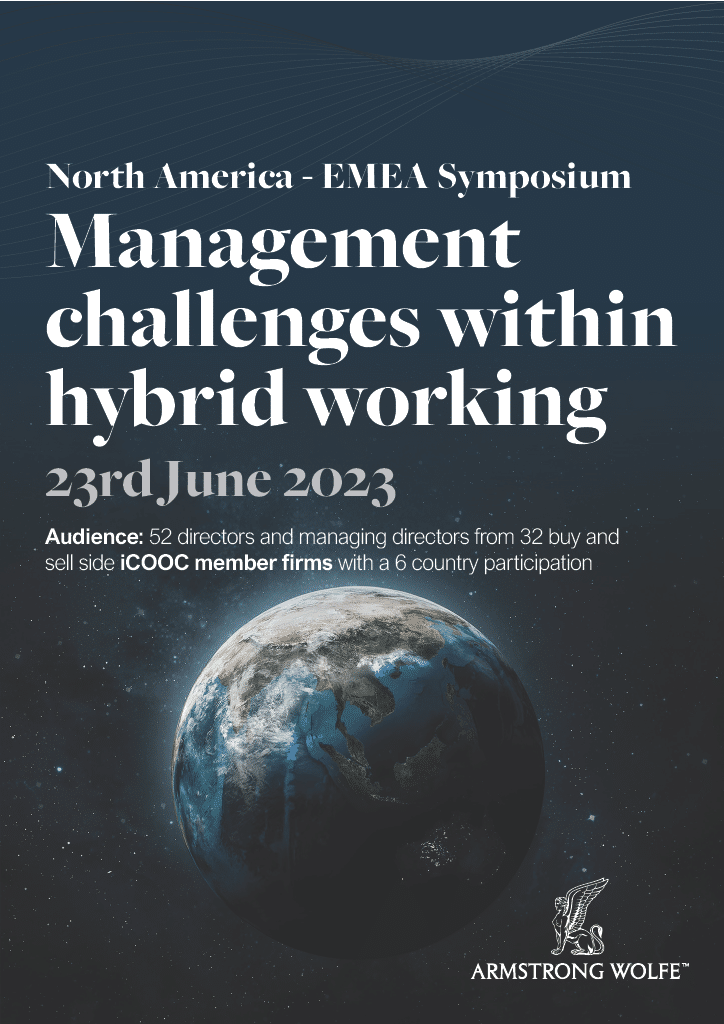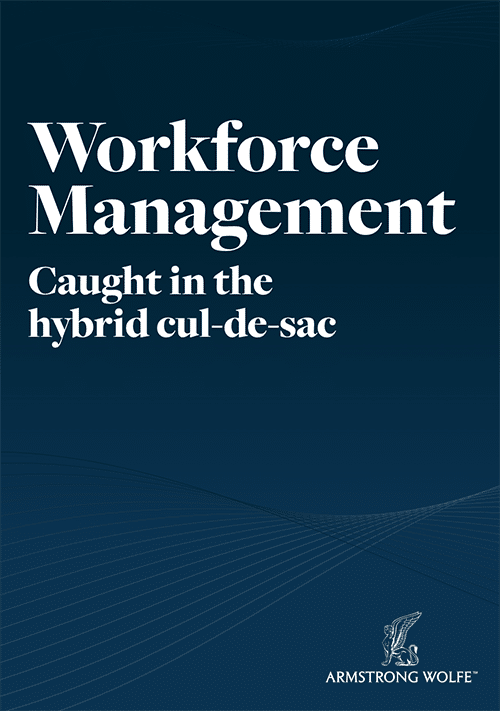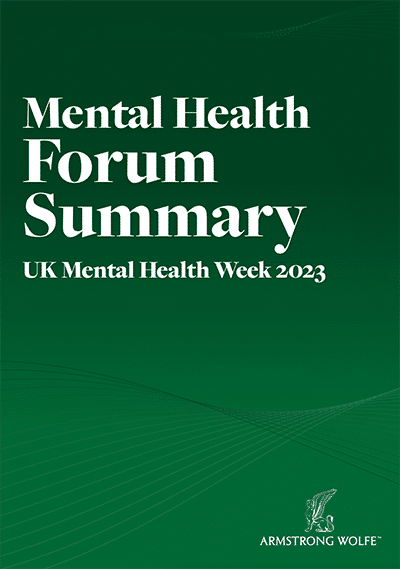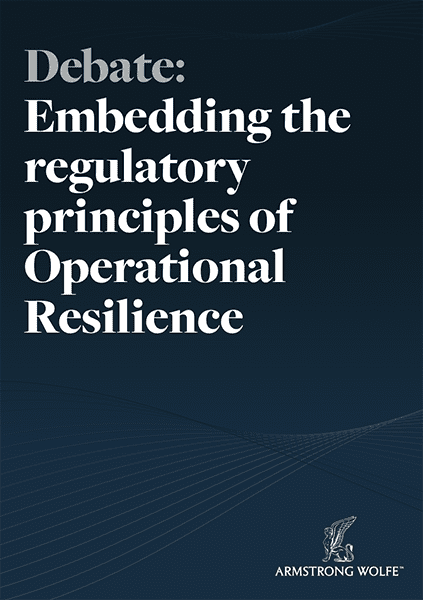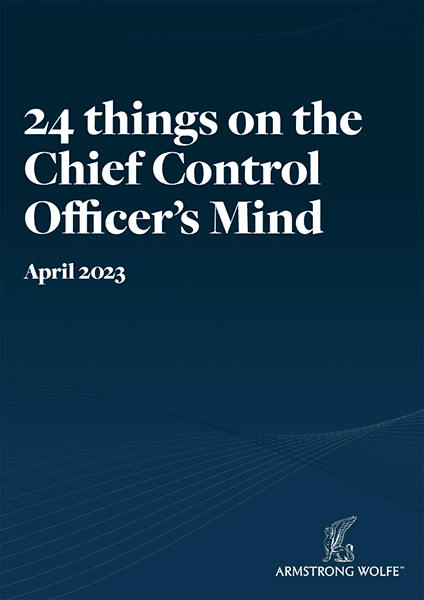Rolling the dice between soft and hard policy-making
The global financial services industry, with Hong Kong and China being notable exceptions, has entered a post-pandemic phase with its executive struggling to understand what the likely outcome will be to the great social experiment of our time. This experiment is testing and will define the legacy of the pandemic regarding how working practices are determined.
Intuitively the executive mostly holds a belief that having staff in the office stops cultural erosion, enhances camaraderie and morale, and maintains and increases productivity. Many say you can’t argue against this summary, although it is conversely as difficult to articulate a clear argument for it. The challenge is how to get the narrative right to ensure new working arrangements are not detrimental to these pillars of corporate success and that the narrative is understood, embraced, and entices employees back to the office. Importantly this return needs to be because they wish to be there, understand the benefit to themselves and the company and feel empowered and valued in doing so.
The evolution of technologies enabled working from home to be enacted with ease and statistics suggest staff productivity was largely up throughout the home working phases of the pandemic. These two points, to some, are sufficient evidence to support policies moving forward that will allow differing levels of flexibility in working models. Hybrid working is now a staffing expectation and demand, a seismic change when you consider before March 2020 the possibility of any flexibility for most staff to work from home would have been a fleeting moment of hope.
What is thought-provoking is that the seat of power and influence on policy-making and how robust companies are in their enforcement is being dictated by a shift in the balance of power from employer to employee. Many companies are openly acknowledging they have a hard, albeit small, cohort of staff that simply refuse to come back to the office, and they are mostly accepting this group’s self-made policy adoption as if to say it’s a problem that can be addressed further down the road and is not a burning bridge momentarily. A high percentage of staff are seeking and expect to make permanent the practice of flexibility and the ability to largely choose where they work.

